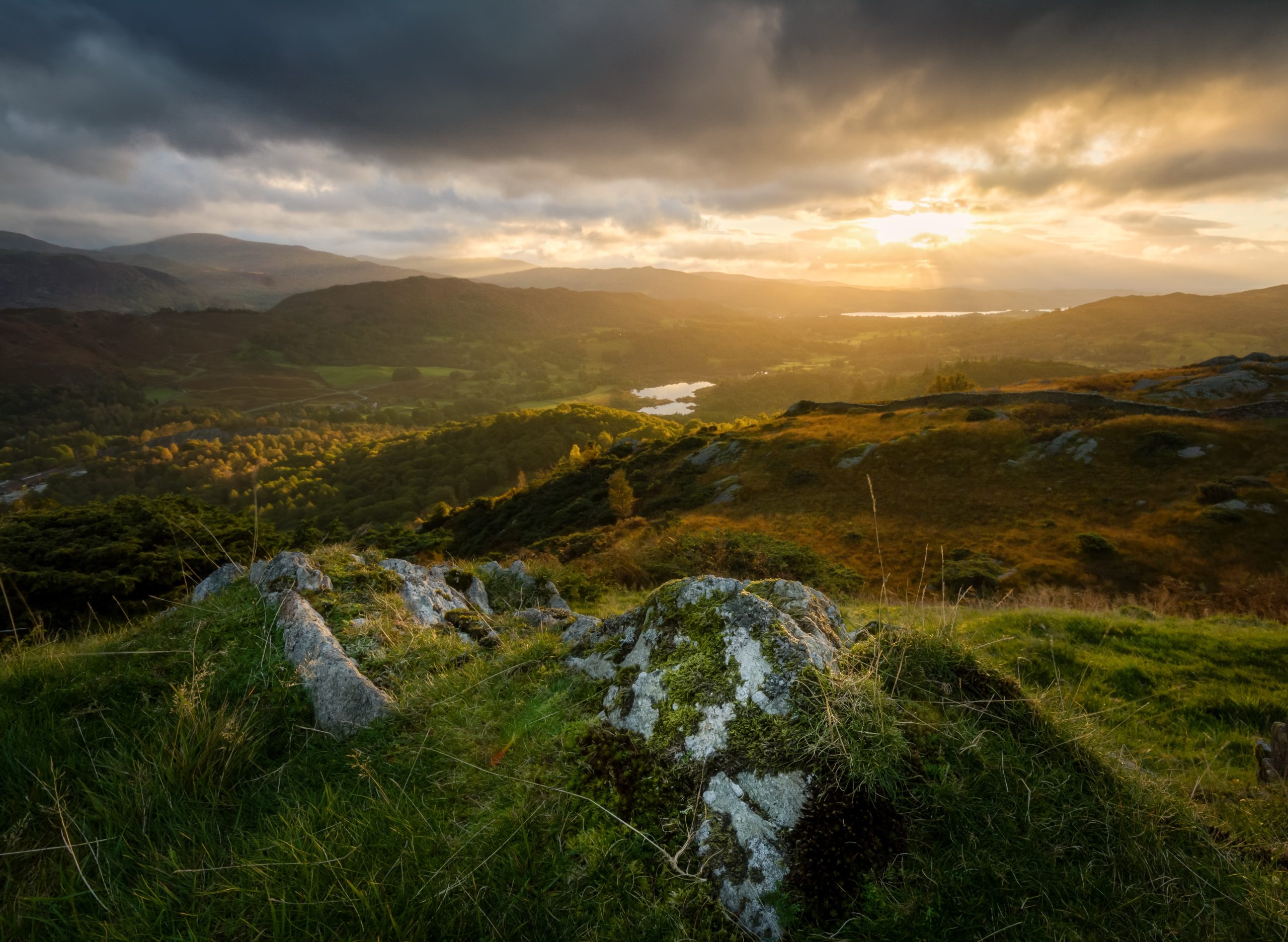It is safe to say that most people would rather be anywhere else right now. Whatever dull luster COVID-19 spurred, quarantine had at first been hacked away by the constant monotony of everyday life.
Stuck in this rut, it can do a lot for a person to be reminded of someplace far away. I was reminded this past Wednesday when I sat down at my computer and listened to the Presentation on Ireland, hosted by professors Deborah Gavlik and Tillie Watts-Brown.
Hosted through Zoom, the presentation was a recap of the May 2019 trip to Ireland taken by the Sinclair Study Abroad Program. All students were eligible to apply for the program.
Students chosen for the program took a one-credit hour course to prepare for an eight- week trip. During the duration of the trip, they learned about the history of Ireland as well as its geography, art, and literature. Guest speakers, such as ESL Services Coordinator Paul Carbonaro, provided additional information on the subject.
Consisting of eight students, two program leaders, and three additional faculty members, the group landed at Dublin airport on May 6. There, they were hosted by the Institute of Study Abroad Ireland in the town of Duboran. The institute is a community effort from local schools and businesses to give students a chance to study and get a taste of Irish culture.
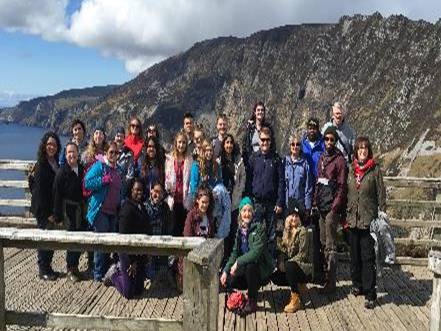
The program’s directors, Niamh Hammil and John O’Connell, acted as Irish experts and guides throughout the Republic and Northern Ireland.
Students would participate in a lecture in the morning, but most of their days were taken up by field trips throughout Ireland. They visited farms, ancient burial mounds and castles, and hiked up Sliabh Liag cliffs.
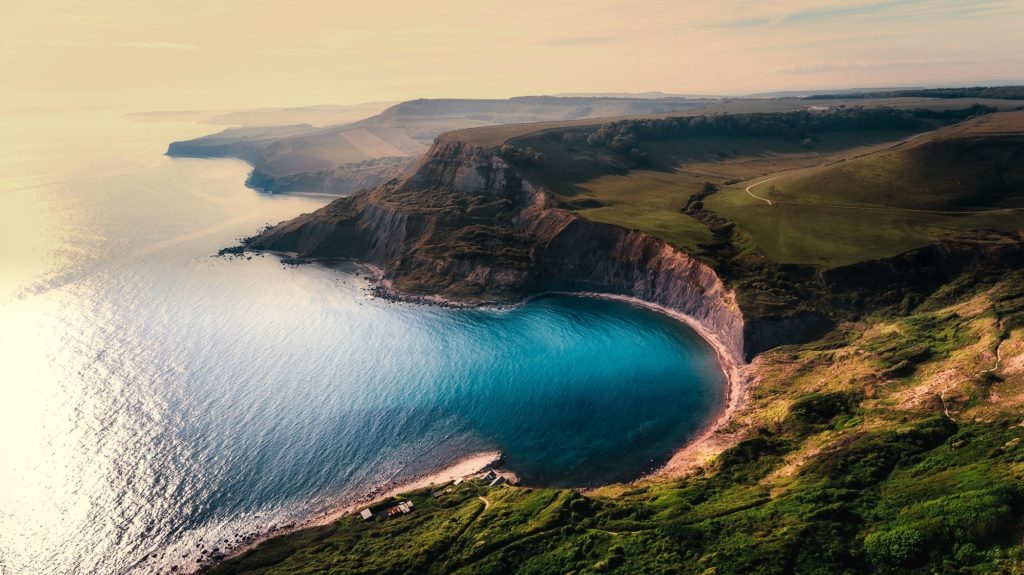
At each stop, they learned more about the often painful history of Ireland. There, they learned of the one million deaths resulting from the potato famine, an exodus of two million to places like the U.S., “the Troubles” caused by the strict border between Northern Ireland and the Republic of Ireland, the protests, and the violent Bloody Sunday massacre.
There was also time for plenty of fun during the trip. The town of Bundoran, where the group stayed during the trip, is a fast-growing surf spot. Anyone who wanted was able to take lessons and go surfing. There were also opportunities for kayaking, rock climbing, and horseback riding.
As part of the community service portion of the trip, students helped out in a local community garden. Additionally, they were able to participate in From Darkness into Light, a yearly event held all over Ireland. The event is a five-kilometer designed to raise awareness about mental illness.
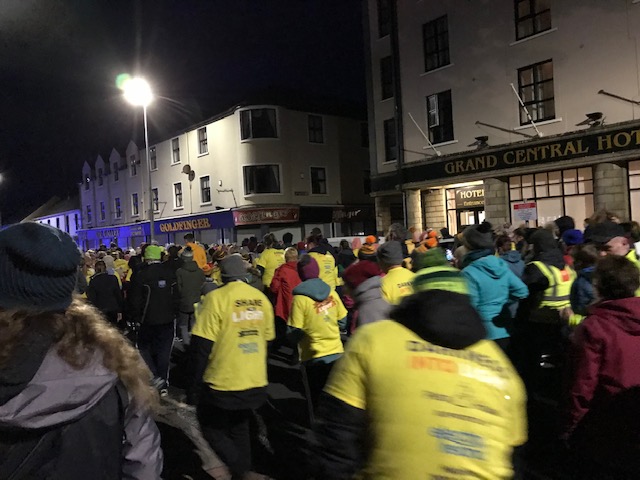
Full disclosure: I have family in Ireland. I call every once in a while, and we keep up to date on how things are, how their kids are doing, and I tell them about school. I’ve hardly ever asked about the island itself though.
I know a little about Ireland. I remember learning about the famous Irish Potato Famine that caused a mass exodus in school. I knew about the historical disputes between the border of The Republic of Ireland and Northern Ireland. I’d heard the term “the Troubles” on more than one occasion, but I only had a rough idea of what it actually was.
Thanks to the presentation, I was able to fill in some gaps. Most importantly, it took my mind off Ohio and the U.S. It reminded me of community, but also of the pain and problems of people thousands of miles away who are dealing with them day by day just like everyone else.
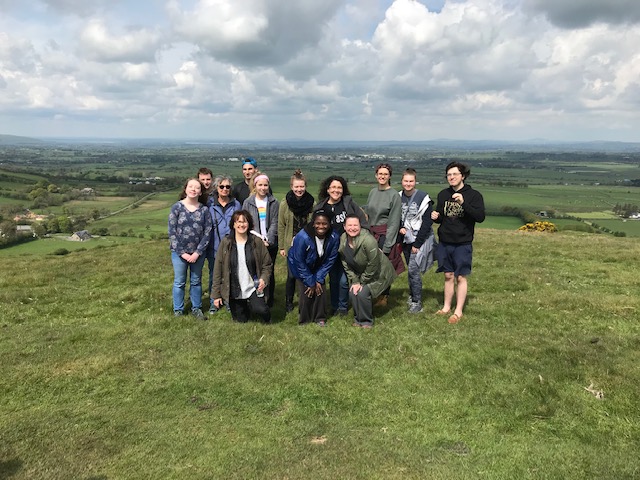
(Image courtesy of Deborah Gavlik) 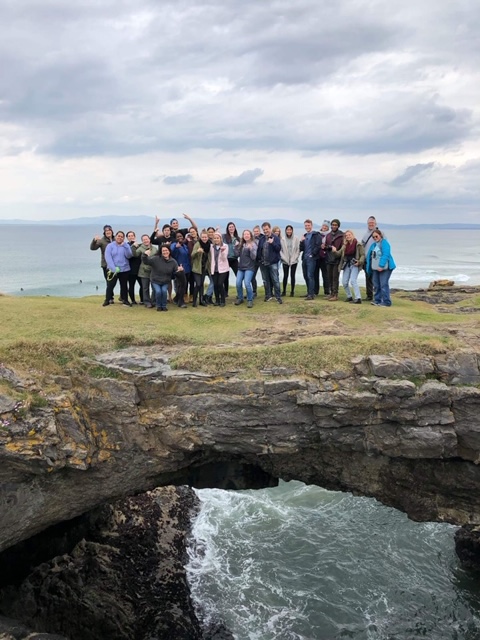
(Image courtesy of Deborah Gavlik) 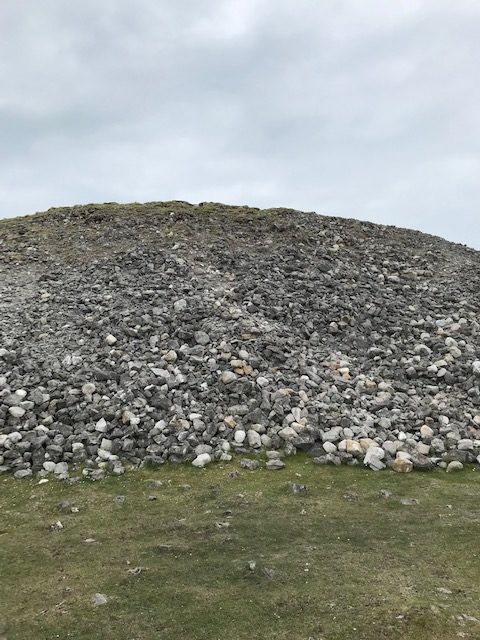
(Image courtesy of Deborah Gavlik) 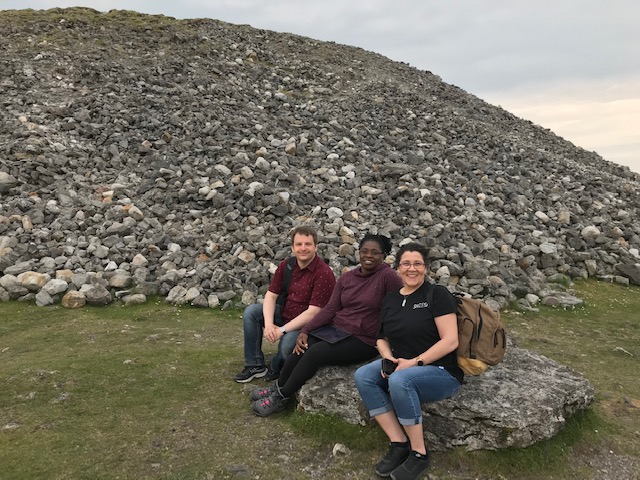
(Image courtesy of Deborah Gavlik) 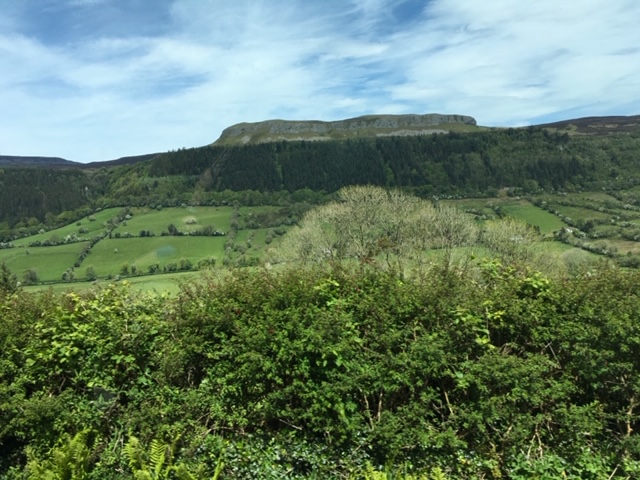
(Image courtesy of Deborah Gavlik) 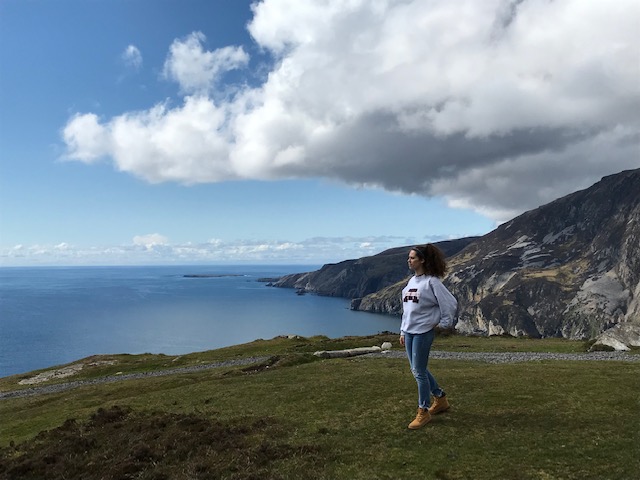
(Image courtesy of Deborah Gavlik)
Joshua Fadare
Reporter

